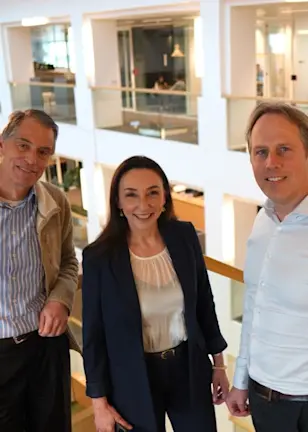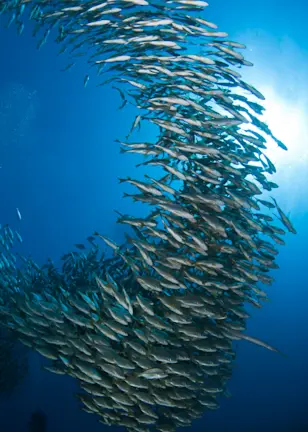Disclaimer
BY CLICKING ON “I AGREE”, I DECLARE I AM A WHOLESALE CLIENT AS DEFINED IN THE CORPORATIONS ACT 2001.
What is a Wholesale Client?
A person or entity is a “wholesale client” if they satisfy the requirements of section 761G of the Corporations Act.
This commonly includes a person or entity:
who holds an Australian Financial Services License
who has or controls at least $10 million (and may include funds held by an associate or under a trust that the person manages)
that is a body regulated by APRA other than a trustee of:
(i) a superannuation fund;
(ii) an approved deposit fund;
(iii) a pooled superannuation trust; or
(iv) a public sector superannuation scheme.
within the meaning of the Superannuation Industry (Supervision) Act 1993that is a body registered under the Financial Corporations Act 1974.
that is a trustee of:
(i) a superannuation fund; or
(ii) an approved deposit fund; or
(iii) a pooled superannuation trust; or
(iv) a public sector superannuation scheme
within the meaning of the Superannuation Industry (Supervision) Act 1993 and the fund, trust or scheme has net assets of at least $10 million.that is a listed entity or a related body corporate of a listed entity
that is an exempt public authority
that is a body corporate, or an unincorporated body, that:
(i) carries on a business of investment in financial products, interests in land or other investments; and
(ii) for those purposes, invests funds received (directly or indirectly) following an offer or invitation to the public, within the meaning of section 82 of the Corporations Act 2001, the terms of which provided for the funds subscribed to be invested for those purposes.that is a foreign entity which, if established or incorporated in Australia, would be covered by one of the preceding paragraphs.
Sustainable Investing
Scope 1, 2 and 3 emissions
Scope 1,2 and 3 emissions are greenhouse gas emissions that cause carbon footprints. As their name suggests, they are measured in three ways, according to how they were created:
Scope 1 emissions are those that are directly generated by the company, such as an airline emitting exhaust fumes.
Scope 2 emissions are those that are created by the generation of the electricity or heat needed by the company to sell its main products or provide its main services.
Scope 3 emissions are those caused by the entire value chain, including the end-user of the product over its life cycle, and are much more difficult to measure.
The use of scopes is important, as it allows investors to identify the true causes of emissions and suggest means of reducing them through engagement. An electricity utility would have relatively low Scope 1 emissions caused by its infrastructure or grid, but high Scope 2 emissions if its power came from the burning of fossil fuels rather than renewable sources.
Creating returns that benefit the world we live in
A carmaker is an anomaly, since it would have relatively low Scope 1 and 2 emissions for making the car, but the user of the vehicle would burn petrol to run the car over many years, causing very high Scope 3 emissions.
While Scope 1 and 2 data are relatively easy to acquire, it can be very difficult to measure Scope 3 data; in the example of the car user, one could not know how many kilometers it would be driven. More forward-looking metrics are necessary to truly measure carbon footprints, both in terms of companies’ products and services, and their entire value chains.
















